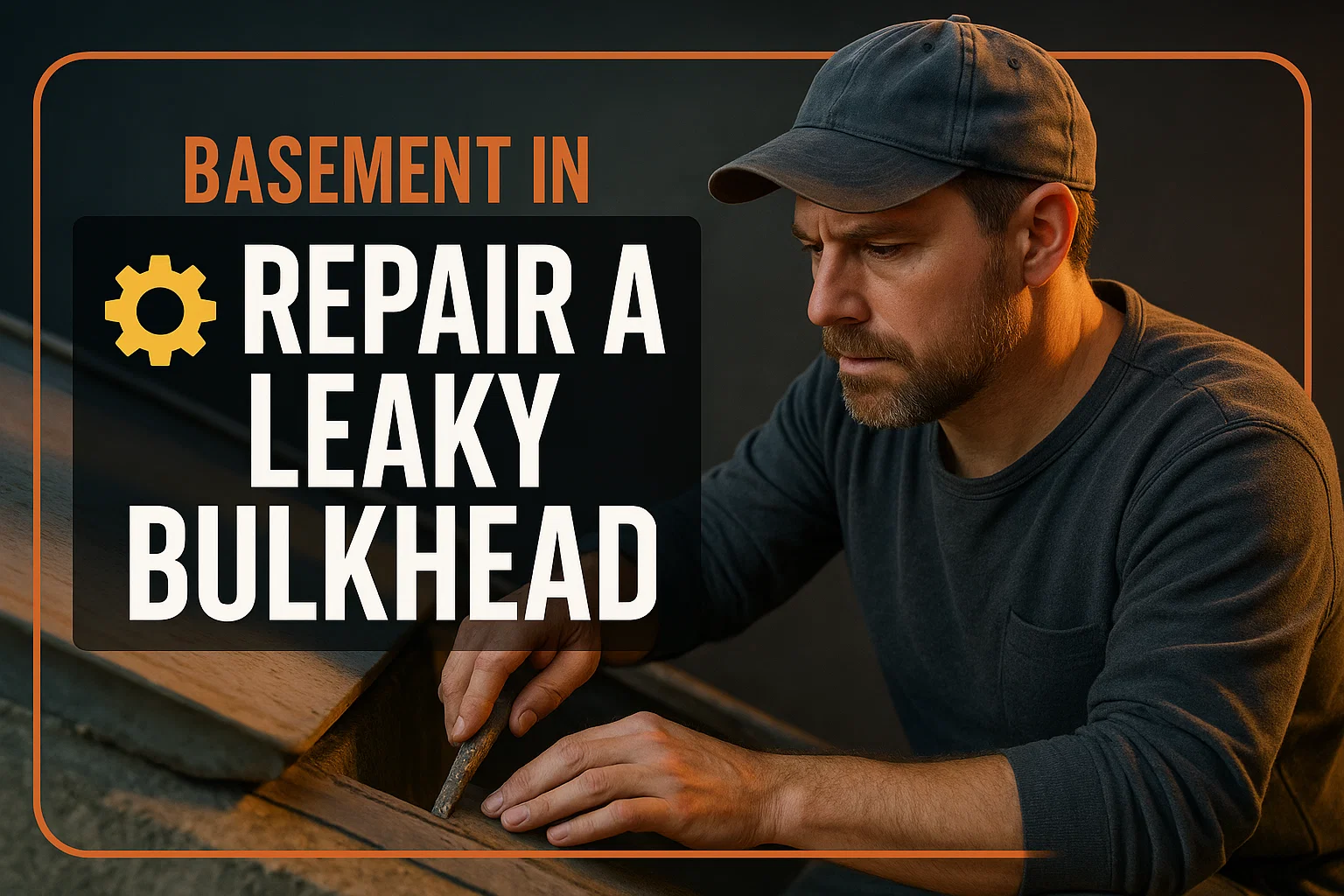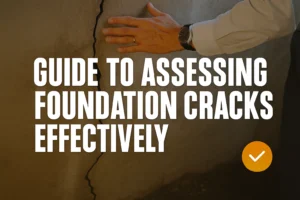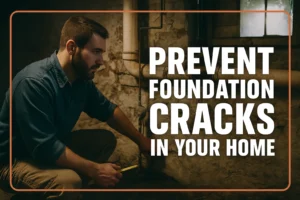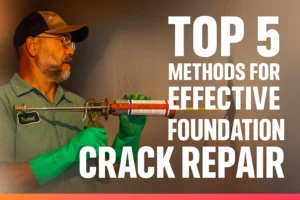A bulkhead is a barrier that keeps your basement and foundation safe from water getting in. Leaks in bulkheads that allow water to enter your basement can lead to wetness, mold, and even structural damage, as they result in these issues. It is a must to detect these leaks at an early stage and take action without delay if you intend to protect your home and avoid paying a high cost for repairs. This article will cover major symptoms of a malfunctioning Leaky bulkhead as well as the practical repair methods that can be used to close the leaks and keep the dwelling safe.
What is a Bulkhead?
A bulkhead is essentially a container wall or a compartment that is constructed to hold or support soil or water. When it comes to the basement, a bulkhead is generally the exterior structure of the basement door or the retaining walls that are aimed at preventing the ground and surface water from reaching the foundation of the house.
Signs of a Leaky Bulkhead
Finding a leaky bulkhead at an early stage can avoid a great amount of water that will penetrate your basement and home foundation. Some of the chief symptoms of a bulkhead leak are:
- Water Stains or Dampness
- Musty Odors and Mold Growth
- Soil Erosion and Sinkholes
- Rust or Corrosion
- Cracks in Concrete or Joints
- Bulging or Movement
- Failed Seals or Worn Weatherstripping
- Standing Water After Rain
Step-by-Step Guide to Repairing a Leaky Bulkhead (Detailed)
If a leaking bulkhead is not fixed on time, it can cause a lot of damage in your basement water and to your property. These steps will guide you on how to do the repairs that last long and bring back the waterproof integrity of your bulkhead.
Step 1: Assess the Damage
First of all, make a detailed visual check of the bulkhead that includes looking for damages such as cracks, gaps, bulging panels, soil erosion around the structure, etc. Determine where the water is seeping in and to what extent, and by this, assess if the problem is only minor or it specifies a necessity of structural help.
Step 2: Prepare for Repair
Once dirt, algae, and old sealants have been removed from the affected areas and debris from the cracks or joints cleaned out, the area will be ready for repair. If the rupture or the seals are to be sealed with injections or sealants, drill small holes behind the bulkhead at the correct location to provide the material access to the surface for proper support.
Step 3: Choose Repair Materials
Waterproofing of the bulkhead break can be done by using marine-grade polyurethane sealants for the surface cracks and seams that have deteriorated and industrial polyurethane foam for injection into the void and for hidden leaks. Material of high quality that is especially designed for a wet environment is used if longevity of repairs is the goal.
Step 4: Seal Surface Cracks and Joints
After cleaning the cracks, seams, and joints, apply the sealant gently. Moreover, for large holes, it is better to put EPDM gaskets or remove worn-out rubber seals before sealing them. Sealants, in general, need to be dry as long as possible to make a good waterproofing job. Thus, it is better to do it on sunny days.
Step 5: Inject Polyurethane Foam (If Needed)
When a leak is behind or under the bulkhead, put the expanding polyurethane foam through the holes that you have made. The foam will fill all the empty spaces and push the water out. Thus, it will effectively seal the internal cracks and stabilize the soil pressure.
Step 6: Reinforce the Structure
If the bulkhead appears to be swelling or shifting, you can strengthen it with such supports as steel soldier piles, deadman anchors, and horizontal waler beams. This way, the soil and water pressure increases evenly and there is no more damage to the structure.
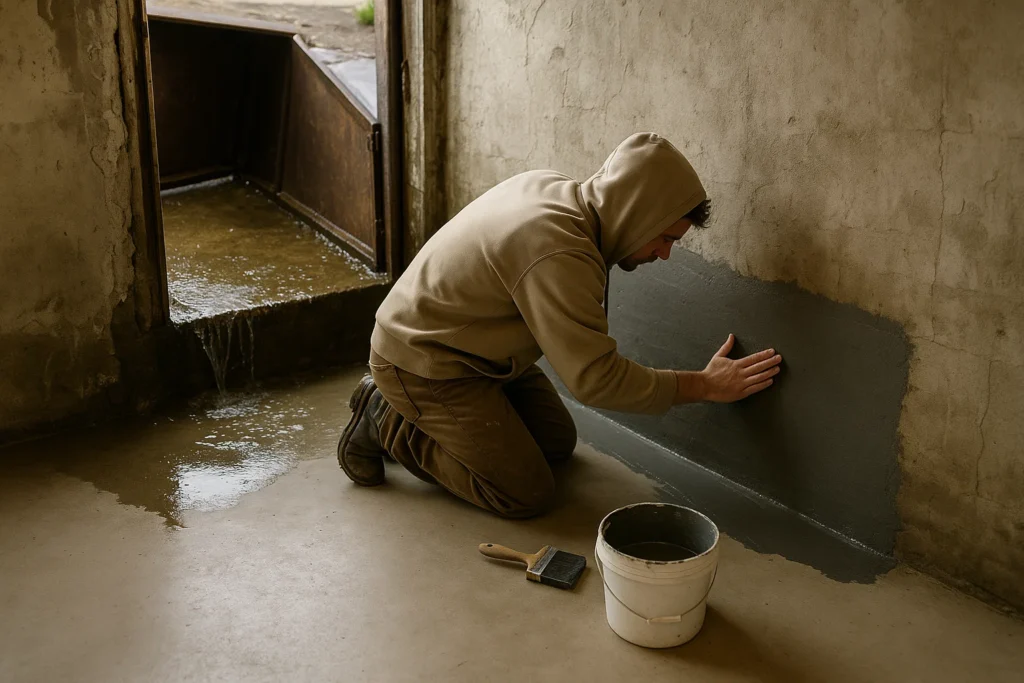
Step 7: Repair or Replace Bulkhead Doors
Explore the bulkhead entry doors for rust, warping, or broken seals. Replacing or repairing the doors will guarantee a tight seal, which stops the water from entering.
Step 8: Address Soil Erosion and Drainage
Use gravel or any other appropriate material to backfill eroded soil areas. This will reduce the pressure points and increase the drainage. If a drainage system is not working or there is no system in place, water will accumulate around the bulkhead and exacerbate soil erosion.
Preventing Future Bulkhead Leaks
Proper maintenance and the implementation of preventive measures are necessary to increase the lifespan of your bulkhead or to avoid water infiltration in the basement. Below are some effective tips along with the best practices that one can adopt to make the bulkhead leak-free and to maintain its structural integrity:
• Regular Inspections: To identify problems at an early stage, along with checking for various signs such as the presence of cracks or rust, and the damaged seals, soil erosion, or drainage, you should do these inspections on a monthly basis. In this way, you can drastically reduce your repair costs.
• Cleaning: Doors, frames, and the areas around them can be cleaned with the use of a mild detergent and water to get rid of dirt, algae, and debris.
• Maintain Drainage: Remove sediment from weep holes and drainage system pipes to allow water to flow without any obstruction. Adding or replacing French drains can be one step of the process to facilitate the release of the water pressure, i.e., the bunker bulkhead area.
• Seal Cracks Promptly: Fix any chinks or voids with premium sealants and change any worn-out rubber gaskets or weatherstripping so that the airtight seals are retained.
• Soil and Vegetation Management: Refill eroded soil with gravel to distribute the weight, plant deep-rooted shrubs to stabilize the soil cover and do not plant trees with a trunk diameter of over 10 ft. within 10 ft. of the bulkhead to prevent root damage to the bulkhead.
• Control Water Flow: Install your gutters and downspouts in such a way that water is discharged a safe distance away from the bulkhead. Also, work together with neighbors who live near the waterfront to minimize the impact of the waves on your property.
• Seasonal Checks: After storms and during the spring period (for freeze-thaw damage), conduct your inspection to capture the newly developed issues early.
• Professional Inspections: Call the experts in waterproofing or marine construction for an annual inspection to have a thorough evaluation and maintenance.
Conclusion
A bulkhead free of leaks is crucial for the prevention of water infiltration into your basement and home foundation. Not only that, but the regular inspections, appropriate drainage, and the management of the soil, when combined with timely repairs, will go a long way in stopping the costly problems and extending the lifespan of your bulkhead. Thus, to get professional results, it is a good idea to hire the experts at Lapans Basement Waterproofing for installation, repairs, and maintenance tailored to your home’s needs.
FAQs
Some signs are water stains, dampness near the bulkhead, erosion of soil, rust appearing on doors, cracks, bulging panels, and water collected in the area after rain.
Tasks such as repairing minor cracks and replacing seals may be done by the homeowner but structural issues with a large extent of leaks need a professional team to be handled.
It is good to do monthly walk-around visual inspections, besides check-ups at least once after storms or freeze-thaw cycles.
Along with being durable and water-resistant, marine-grade polyurethane sealants and EPDM rubber gaskets serve well in filling cavities and door edges, as they are the most efficient materials to do so.
The main reason is that the good drainage lessens the hydrostatic pressure at the back of the bulkhead, which is the cause of leaks and of structural damage due to water accumulation.
